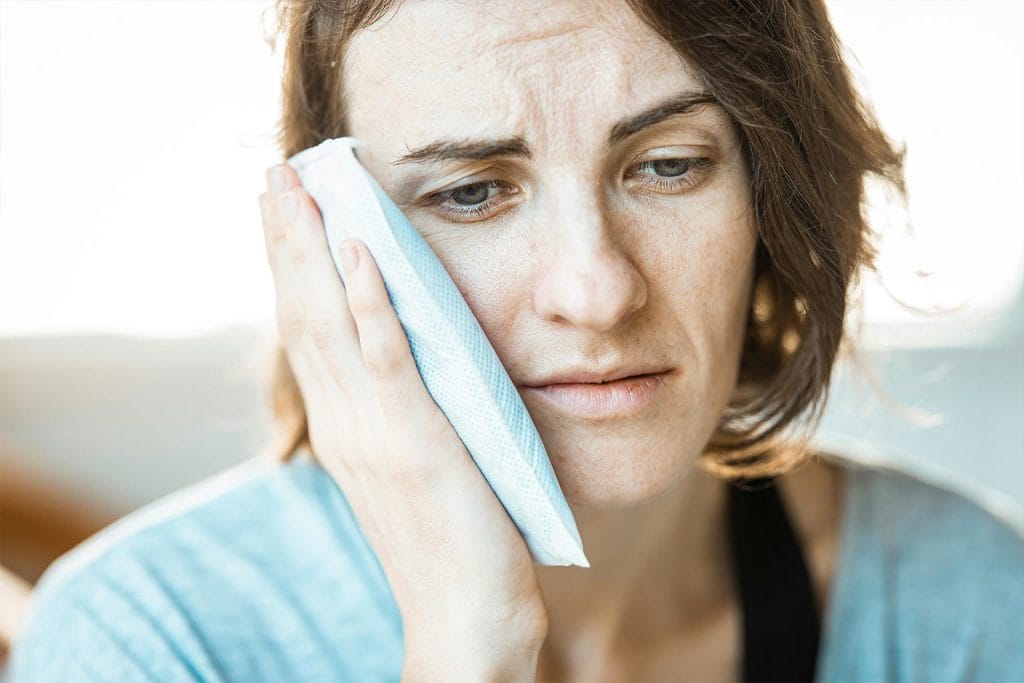Why Can Acupuncture Be An Effective Remedy for Pain?
Sungwoon Shawn Tjen, Registered Acupuncturist
Not familiar with acupuncture treatment? Acupuncture is an important component of Traditional Chinese Medicine (TCM) and a great way to improve one’s bodily energy levels and flow.
Acupuncture works by promoting one’s natural self-healing process through the stimulation of specific points dotting the body known as acu-points. The most common method used to stimulate these acu-points is through the insertion of fine, sterile acupuncture needles into the skin and muscle layers with some pressure, heat, or electrical stimulation to enhance its effects.
To better understand how acupuncture differs from other treatments, it is important to elaborate on the concept of Meridian Qi (Channel energy). In TCM, Qi, or energy, is constantly flowing inside and outside of our body in different locations, through various organs and at different levels. This Qi takes different forms including: of Yuan (original) Qi, pectoral Qi, food Qi, air Qi, defensive Qi, and meridian Qi.
Meridian Qi, in particular, flows along the 14 regular meridians, or pathways, that run throughout our body 24/7 and maintain the physiological functions of our external and internal organs, bones and tissues. A natural, smooth flow and a high enough level of Qi prevents our body from coming down with illnesses or dysfunctions. Acupuncture is one way to regulate, alternate, promote and reduce meridian Qi. It is for that reason that it so effective in treating pain and disease-related symptoms in the body.
You may have heard of a saying “Where there is blockage, there is pain.” This directly speaks to the blockage of meridian Qi which is a cause of pain. For example, in Chinese medicine, headaches can be differentiated by different areas of the head – YangMing (frontal) headache, JueYin (vertex) headache, ShaoYang (temporal) headache, and TaiYang (occipital) headache. These names are in accordance with the location of the meridians that flow to each region. One can experience headache pain when there is a blockage or imbalance of energy in the affected area. These blockages can be caused by many different factors. Each meridian is comprised of a series of acupoints, and needling these can open the energy which is stuck or blocked and regulate its flow of energy.
If you have had experience with acupuncture treatments, you might have wondered why an acupuncturist also puts needles at the end of your extremities (hands and feet) where they are not related to the problem itself (as in the case of a headache). This is because each of the meridians in our extremities have 5 important points to open, regulate, reduce and boost the energy of each meridian Qi. These are called the 5 Shu-points, namely Jing-, Ying-, Shu-, Jing- and He-. These points, combined with meridian acupoints, have a much better therapeutic effect on treating problems on each meridian. When one begins to understand the functions of each point on the body and its purpose, it is likely to increase the positive impact that acupuncture can have.
Find out more about some of the conditions that acupuncture can treat on our Acupuncture FAQ page.
Find out more about how IMS (IntraMuscular Stimulation) is different from acupuncture.







